Learn more about meringues
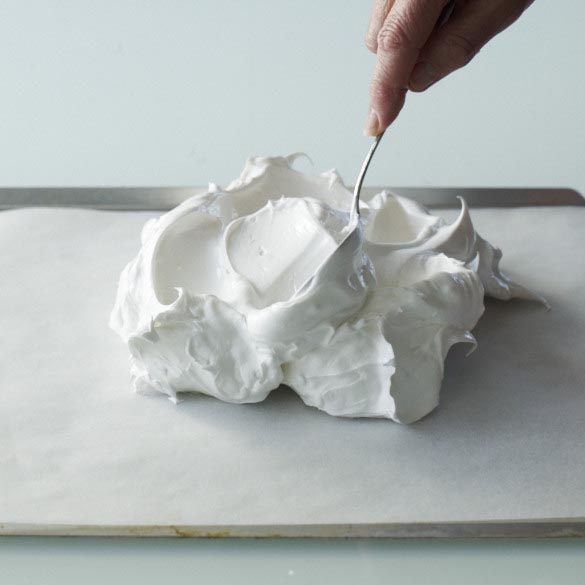
The word ‘meringue’ indicates that egg whites and sugar in some proportion are beaten together until a thick foam forms. Learn all about the different types and how to become a meringue whiz.

The word ‘meringue’ indicates that egg whites and sugar in some proportion are beaten together until a thick foam forms. Learn all about the different types and how to become a meringue whiz.
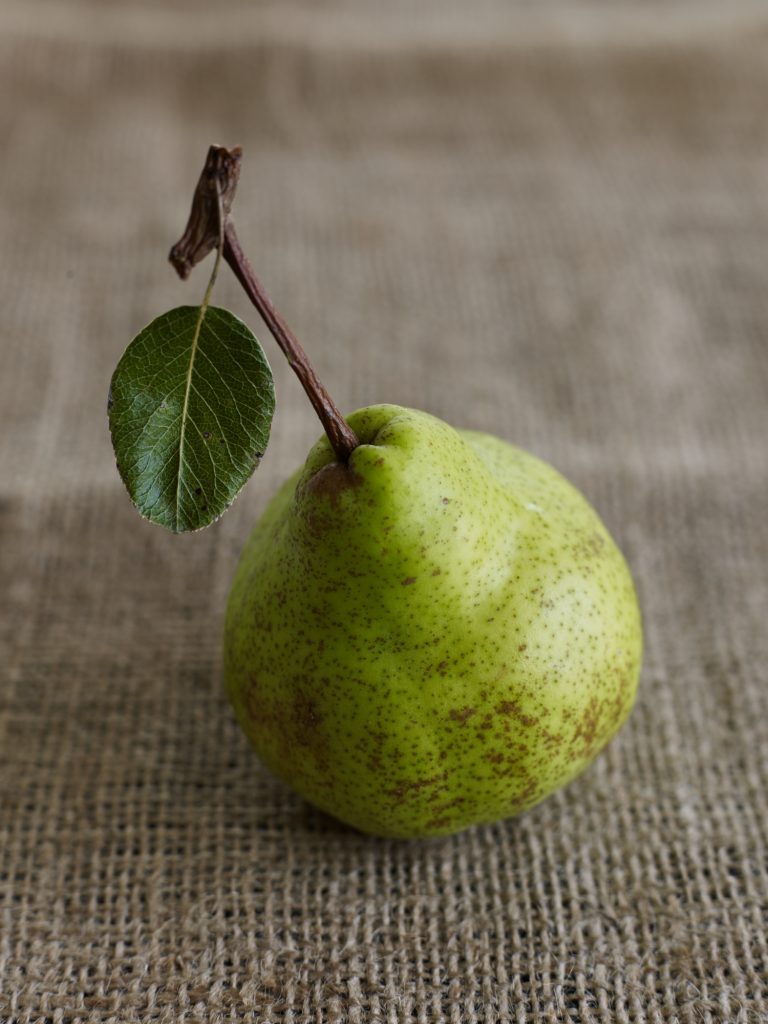
Pears are often overlooked for novel or exotic fruit and I reckon it’s because we’ve lost the art of ripening them and we’re eating them hard.
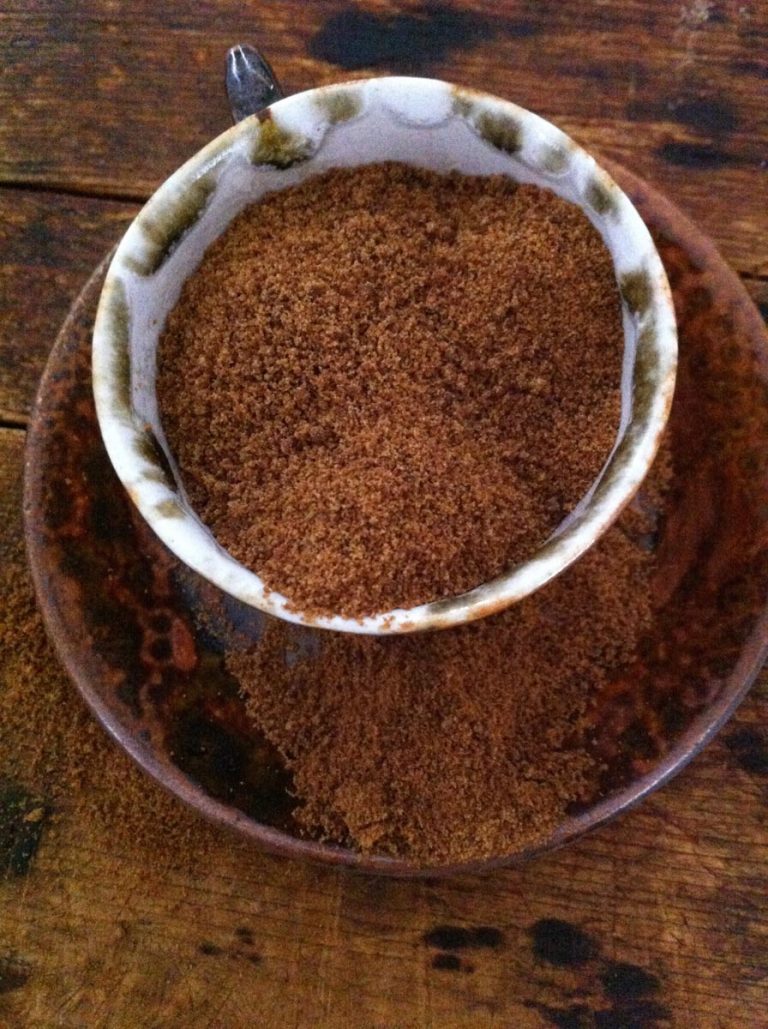
If coconut sugar has only just popped up on your radar, you’re not alone. Here at Shared Kitchen, we’ve really taken to it.
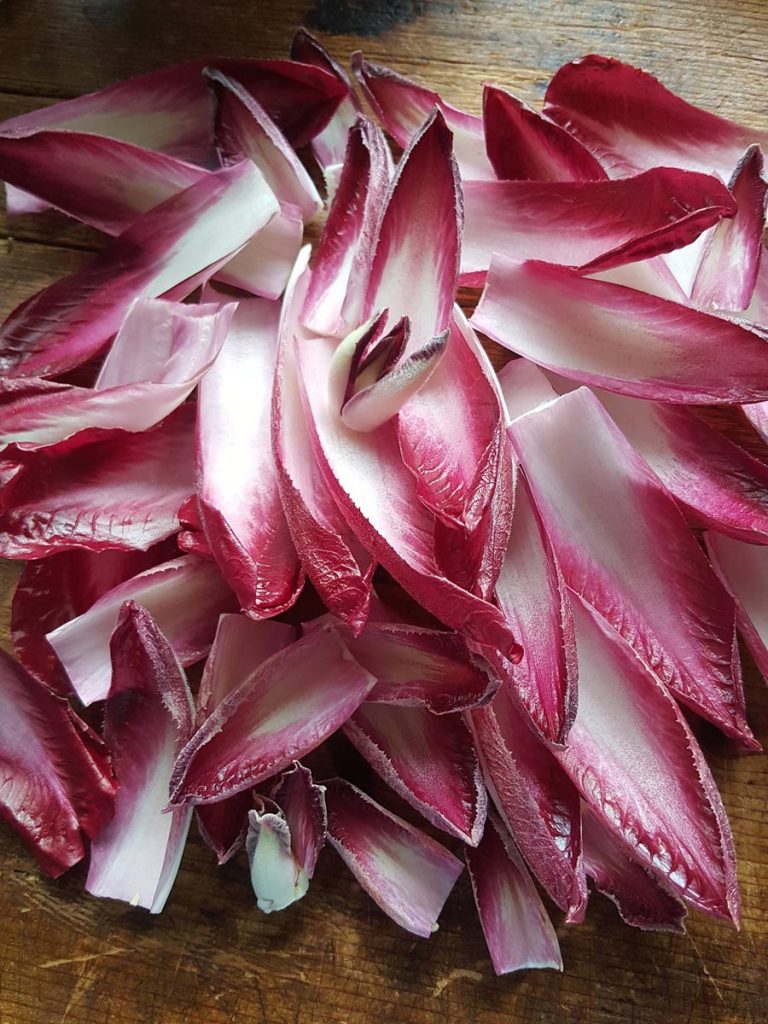
Sort out the riddle: witloof, endive, chicory …
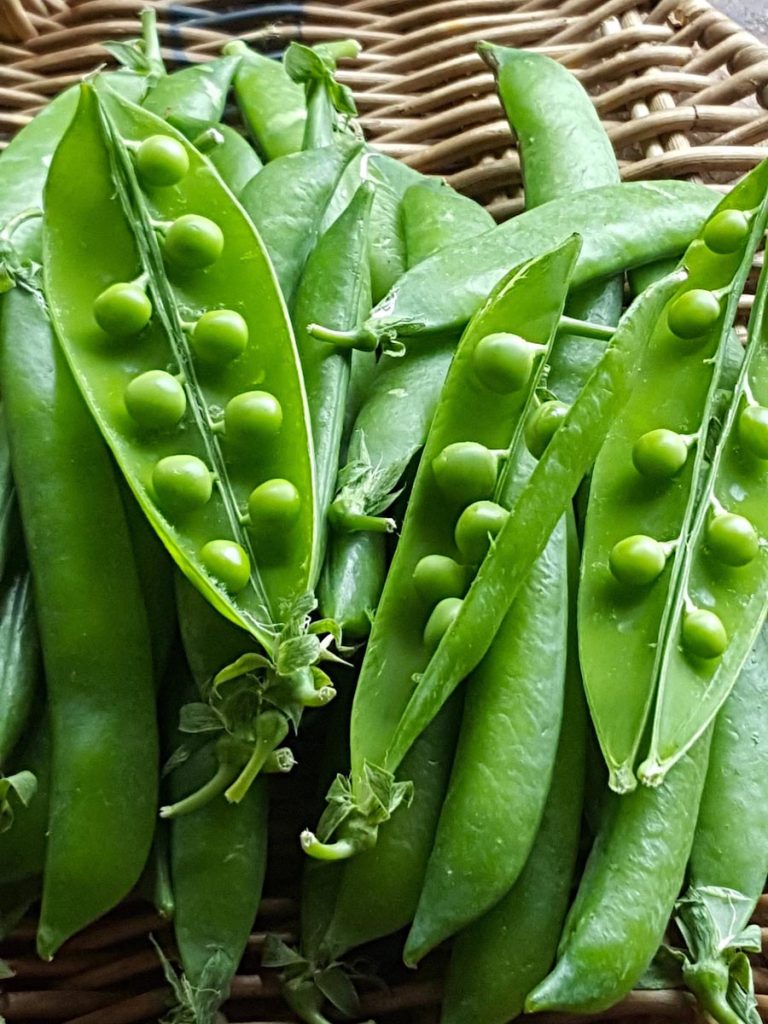
Peas. Peas. Peas. Babies only please.
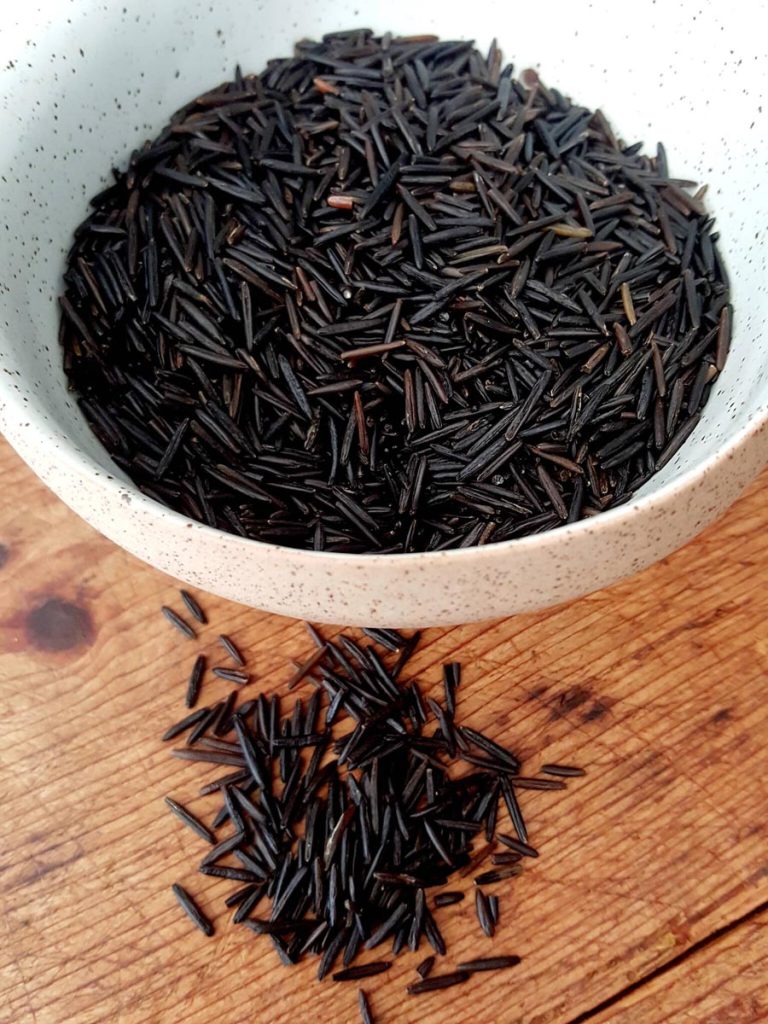
Is wild rice actually rice? Is it better for you than white rice?
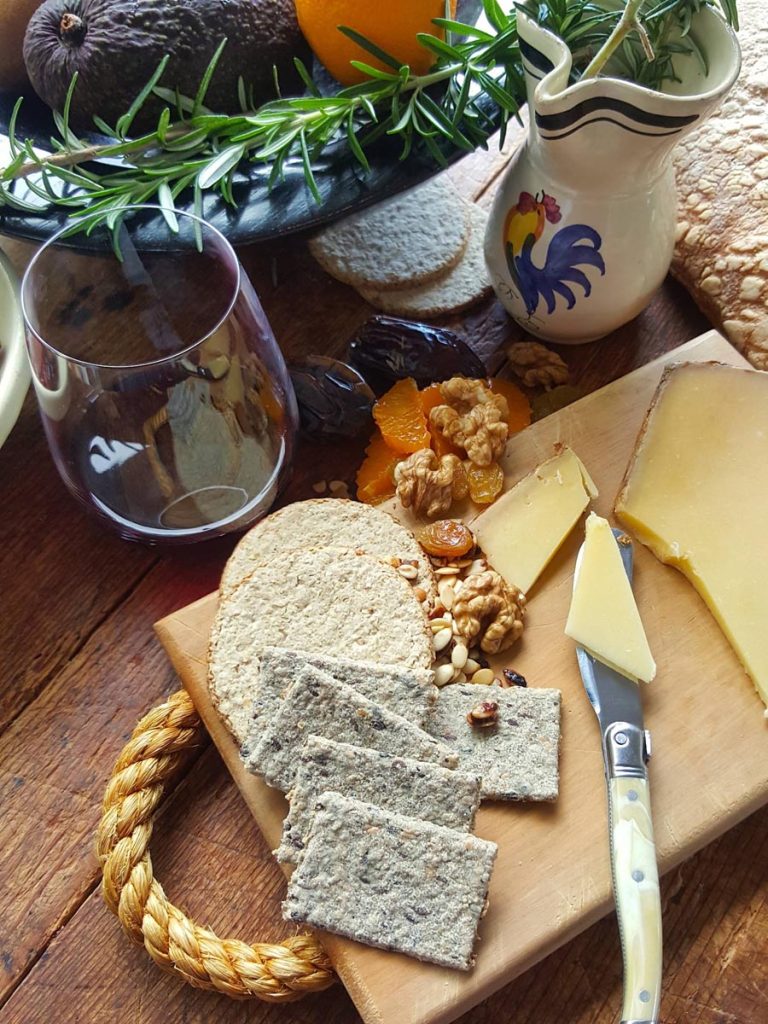
Sheep’s milk cheeses add flavour to dishes just like parmesan.
No products in the basket.
Welcome to the new Shared Kitchen experience! If you encounter any issues, please let us know. Dismiss